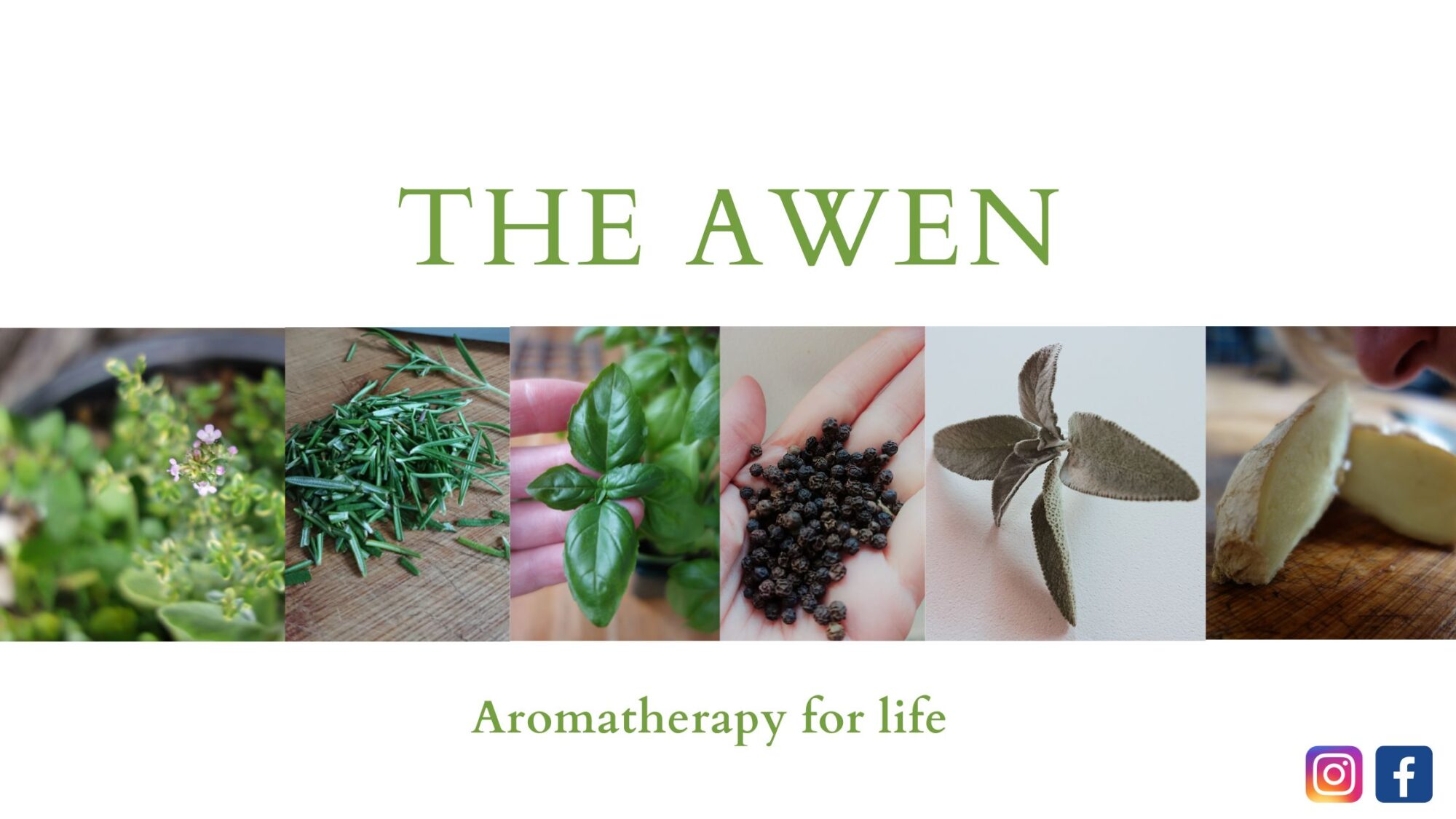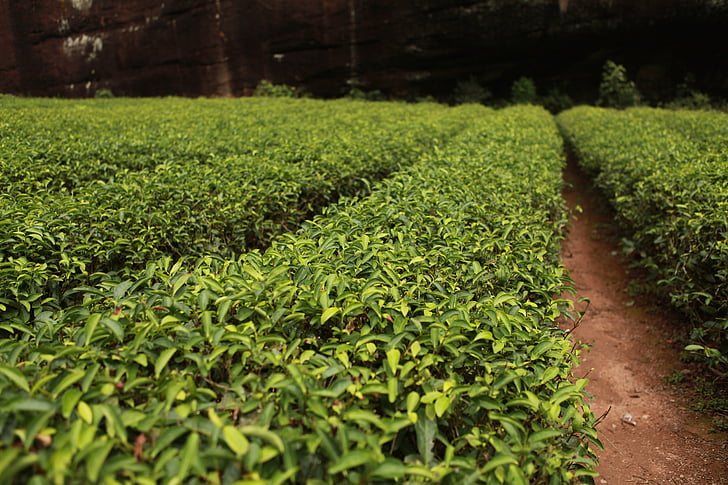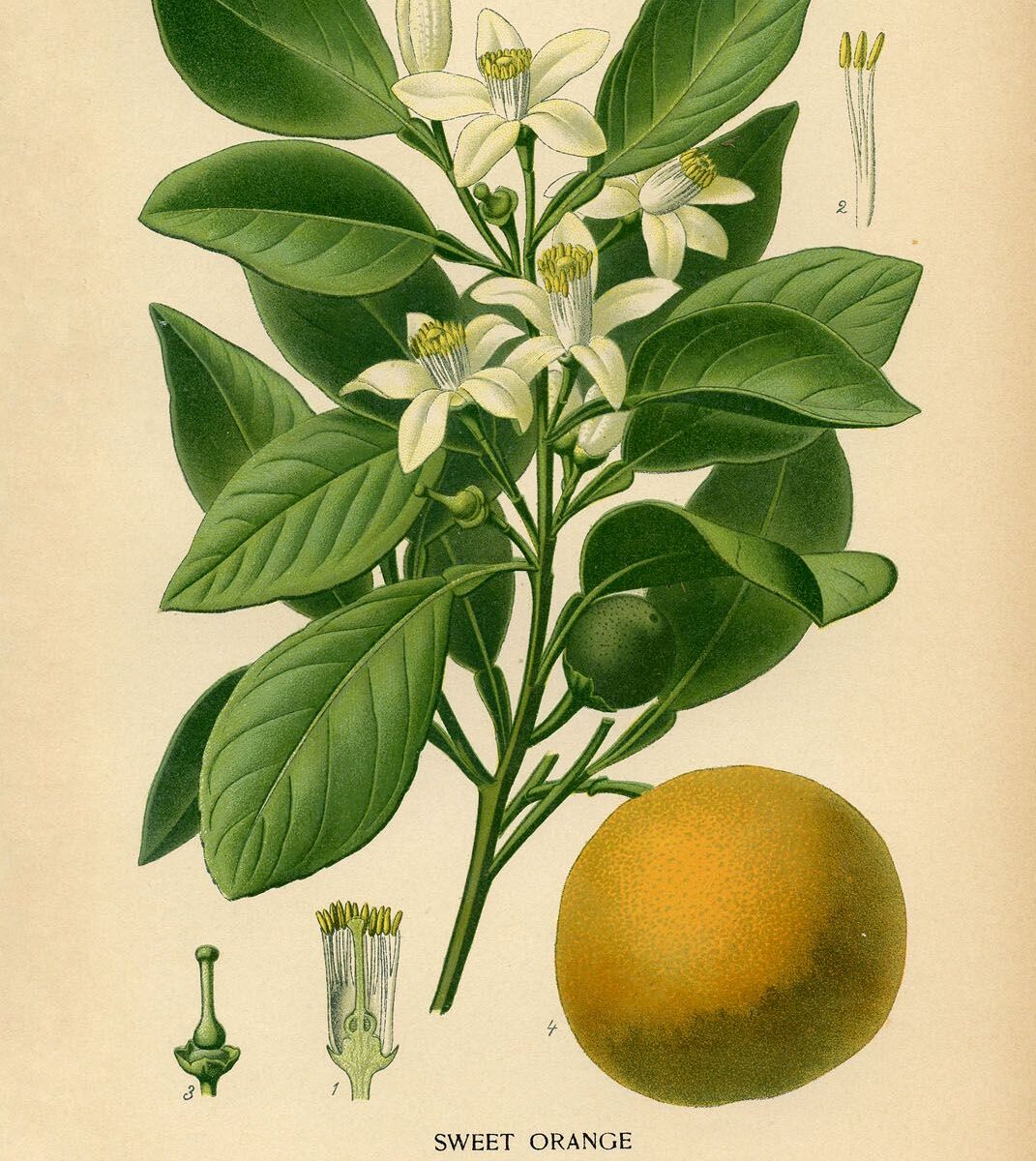Every house should have a bottle of Tea tree essential oil (Melaleuca alternifolia). With its distinctive, antiseptic aroma, extracted from the leaves of the tree, it can be applied neat to treat and prevent ALL infections including bacteria, viruses and fungi and, according to one study, MRSA and the treatment of flu. What is unique about Tea tree is that it can stop the spread of virulent organisms such as Staph infections which cause skin irritations like impetigo, styes, conjunctivitis and athletes foot. It can also stop the spread of Candida albican, commonly known as thrush. It can treat insect bites and verrucae. Put one drop of Tea tree onto a cotton bud and apply to the affected area. If you do not want to apply neat, mix 1 drop with 5 mls of blending cream or aloe gel and apply to the area (at least once a day). If you are suffering from athletes foot, put up to 8 drops into a bowl of warm water and bathe your feet. Make sure you thoroughly dry your feet afterwards. It will ease itching and offer welcome relief. I always have a bottle to hand, it is inexpensive and can be bought from most pharmacies and health food shops. Make sure when you purchase Tea tree, the Latin botanical name (Melaleuca alternifolia) is displayed, which will ensure that it is from the plant and is not diluted with another oil. Do not use during pregnancy, if you are taking immunosupressant medication or have sensitive skin.
Synergism
Synergy. What does it mean? Essential oil blending is all about creating synergy – getting the oils to work together whether it is aromatically, therapeutically, or philosophically. Jennifer Peace Rhind (2016) writes that “synergistic blending is at the very heart of aromatherapy practice.” Put simply, creating an oil combination which does its job. Essential oils contain active ingredients so when we add 2 or more oils together, the outcome can be different to when the oils are applied singly. There is a growing body of evidence to support the therapeutic benefits of synergy. For example, a recent study explored the impact of antimicrobial blends – oil blends that kill bacteria and fungus. The study focused on combinations with Lavender, for example Lavender with Cypress, with May chang, with Cinnamon, and with Sweet orange. Interestingly, Sweet orange has poor antimicrobial activity but when combined with Lavender it had positive benefits for respiratory infections. Therefore, combining these oils in a diffuser could be helpful for those suffering from tonsillitis, pharyngitis, laryngitis, sinusitis, certain types of influenza, or the common cold. Add 1 drop of Lavender, 1 drop of Sweet orange to a oil burner, or 3 of each in a diffuser. Alternatively, add up to 4 drops of each in a warm bath. Activate those healing chemicals and feel the benefit of synergism.
Energising Lime
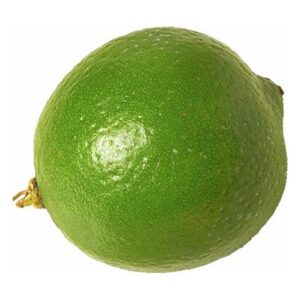 I woke up today and the house felt stuffy. I had a feeling for Lime (Citrus aurantifolia). This is an oil I have just recently discovered and I love its sharp, tangy, sweet, fruity aroma. Lime belongs to the Rutaceae family alongside oils such as Lemon, Grapefruit and Orange. They contain Limonene which gives them their distinctive flavour. Lime is good for relieving musculoskeletal tension, it aids digestion such as cramps and spasms. It also supports the circulatory system as it is bactericidal and antiviral. And, it promotes a sense of well-being, helping with anxiety and stress. Citrus fruits are grown in sunny climates so these oils help lift our spirits. It blends well with oils such as Sandalwood, Ginger, Lemongrass, Frankincense and Patchouli. But today I’ve put 2 drops in my oil burner along with a drop of Sweet Orange, a drop of Lemon and one drop of Eucalyptus globulus (odour eater) to freshen up my space and give me some well needed energy.
I woke up today and the house felt stuffy. I had a feeling for Lime (Citrus aurantifolia). This is an oil I have just recently discovered and I love its sharp, tangy, sweet, fruity aroma. Lime belongs to the Rutaceae family alongside oils such as Lemon, Grapefruit and Orange. They contain Limonene which gives them their distinctive flavour. Lime is good for relieving musculoskeletal tension, it aids digestion such as cramps and spasms. It also supports the circulatory system as it is bactericidal and antiviral. And, it promotes a sense of well-being, helping with anxiety and stress. Citrus fruits are grown in sunny climates so these oils help lift our spirits. It blends well with oils such as Sandalwood, Ginger, Lemongrass, Frankincense and Patchouli. But today I’ve put 2 drops in my oil burner along with a drop of Sweet Orange, a drop of Lemon and one drop of Eucalyptus globulus (odour eater) to freshen up my space and give me some well needed energy.
Aromatherapy Awareness Week
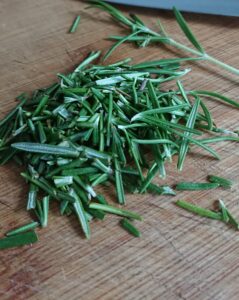 Some essential oils are classified as hypertensive (stimulating) or hypotensive (relaxing) and therefore when absorbed into the body can affect our heart rate, blood pressure and breathing. For example, Rosemary (Rosemarinus officinalis) is a hypertensive oil. It has a clean, refreshing, camphoraceous aroma containing oxides which stimulate the nervous, digestive and reproductive system. It is cephalic which means it’s good for your head; it stimulates memory, helpful for mental fatigue, headaches and lethargy. One drop in your palm (rub together and breathe in) before an exam can be clarifying. It is not recommended for those with high blood pressure. On flip side, Ylang ylang (Canaga odorata) – a sweet, heavy oil, is hypotensive. Containing sesquiterpenes it is calming, balancing and relaxing. It regulates the flow of adrenaline therefore reduces blood pressure. If you are feeling stressed, frustrated, angry or panicky, 1-2 drops of this oil in an oil burner or on your pillow at night will smooth and balance your hormones. These oils go beautifully together. Combine 1 drop of each in a burner and get the best of both worlds. Happy Aromatherapy Awareness Week!
Some essential oils are classified as hypertensive (stimulating) or hypotensive (relaxing) and therefore when absorbed into the body can affect our heart rate, blood pressure and breathing. For example, Rosemary (Rosemarinus officinalis) is a hypertensive oil. It has a clean, refreshing, camphoraceous aroma containing oxides which stimulate the nervous, digestive and reproductive system. It is cephalic which means it’s good for your head; it stimulates memory, helpful for mental fatigue, headaches and lethargy. One drop in your palm (rub together and breathe in) before an exam can be clarifying. It is not recommended for those with high blood pressure. On flip side, Ylang ylang (Canaga odorata) – a sweet, heavy oil, is hypotensive. Containing sesquiterpenes it is calming, balancing and relaxing. It regulates the flow of adrenaline therefore reduces blood pressure. If you are feeling stressed, frustrated, angry or panicky, 1-2 drops of this oil in an oil burner or on your pillow at night will smooth and balance your hormones. These oils go beautifully together. Combine 1 drop of each in a burner and get the best of both worlds. Happy Aromatherapy Awareness Week!
NHS Natural Health School
The power of scent
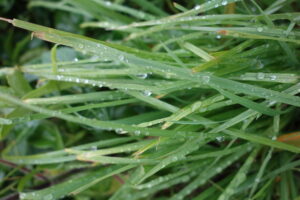 Ah, the sweet scent of rain! One of the fastest ways to get essential oils into your body is through inhalation: the sense of smell. When the essential oil molecules travel up our nose, they send a message to our brain and nerves, this response is then passed into the bloodstream and respiratory system. Our nose contains olfactory cells which are connected to the Limbic system – the area of our brain which deals with memory, emotions and instincts. This is why the sense smell is so profound and effective as it can trigger a memory, which in turn can trigger many different emotions. Aromatherapy aims to create positive memories using the power of smell, to send our brain positive messages, to create positive emotions and help us relax. Relaxation is a stress buster promoting good physical and mental health thus enabling a stronger immune system. If you are in a relaxed state, you can deal with life in a positive way. So today, make sure you go outside and take a deep breath…..
Ah, the sweet scent of rain! One of the fastest ways to get essential oils into your body is through inhalation: the sense of smell. When the essential oil molecules travel up our nose, they send a message to our brain and nerves, this response is then passed into the bloodstream and respiratory system. Our nose contains olfactory cells which are connected to the Limbic system – the area of our brain which deals with memory, emotions and instincts. This is why the sense smell is so profound and effective as it can trigger a memory, which in turn can trigger many different emotions. Aromatherapy aims to create positive memories using the power of smell, to send our brain positive messages, to create positive emotions and help us relax. Relaxation is a stress buster promoting good physical and mental health thus enabling a stronger immune system. If you are in a relaxed state, you can deal with life in a positive way. So today, make sure you go outside and take a deep breath…..
What is Aromatherapy?
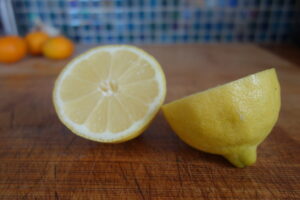 What is Aromatherapy? Aromatherapy is the controlled use and application of natural plant essences called essential oils. These oils are extracted from different parts of the plant, for example, Geranium uses the flowers, Frankincense – the resin, Mandarin – the peel. The oils are absorbed into our blood stream through the skin or by inhalation. The plants and their oils have complex chemical structures, sometimes thought of as the *life force*, which interacts with the chemistry of the human body: pharmacologically, physiologically, and psychologically. We don’t know exactly how this chemistry works fully but we know the oils have therapeutic properties and can produce a healing effect. For example, Lemon (Citrus limon) contains limonene which is antiviral and bactericidal, cleansing and stimulating the immune system, lowering blood pressure and reducing pain and inflammation.
What is Aromatherapy? Aromatherapy is the controlled use and application of natural plant essences called essential oils. These oils are extracted from different parts of the plant, for example, Geranium uses the flowers, Frankincense – the resin, Mandarin – the peel. The oils are absorbed into our blood stream through the skin or by inhalation. The plants and their oils have complex chemical structures, sometimes thought of as the *life force*, which interacts with the chemistry of the human body: pharmacologically, physiologically, and psychologically. We don’t know exactly how this chemistry works fully but we know the oils have therapeutic properties and can produce a healing effect. For example, Lemon (Citrus limon) contains limonene which is antiviral and bactericidal, cleansing and stimulating the immune system, lowering blood pressure and reducing pain and inflammation.
Bergamot and balance
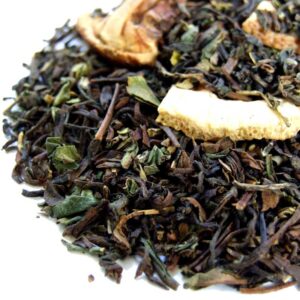 This week I’m recommending Bergamot (Citrus bergamia).
This week I’m recommending Bergamot (Citrus bergamia).
This oil has a mildly spicy, fresh citrus aroma and is found in Earl Grey tea too!
It is a wonderful balancing oil, helping reduce feelings of anger, frustration and agitation, calming the nervous system and balancing our emotions.
Due to presence of alcohol naturally occurring within the fruit, it has anti-fungal and antiviral properties which will help combat symptoms of colds and flu. Use it neat on a cold sore by adding one drop on a cotton bud making sure you put it directly onto the affected area.
To help relax and create a feeling of calm, you can also add Bergamot to a warm bath, combined with Lavender and Chamomile (2 drops of each).
Bergamot is phototoxic therefore avoid sun for at least 24 hours after use. It is not recommended for people with fair skin or lots of large moles.
Mental Health Awareness
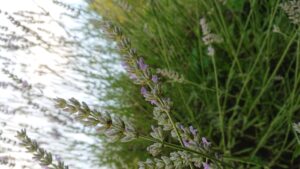 It is Mental Health Awareness week and there are many oils which can help lift our emotions, and alleviate anxiety and stress. Lavender (Lavandula angustifolia) is a beautiful oil with a fresh, sweet, mildly camphoraceous aroma. It is easily available online or from most pharmacies and health food shops, and can be used in a variety of ways to help relieve tension and soothe the nervous system. You can add 6-8 drops into an evening bath, or put 1-2 drops in a oil burner with with teaspoon of water (or 6 drops into a diffuser), or just add a drop to your pillow at night. Any of these methods will help you relax, and promote deep, restful sleep.
It is Mental Health Awareness week and there are many oils which can help lift our emotions, and alleviate anxiety and stress. Lavender (Lavandula angustifolia) is a beautiful oil with a fresh, sweet, mildly camphoraceous aroma. It is easily available online or from most pharmacies and health food shops, and can be used in a variety of ways to help relieve tension and soothe the nervous system. You can add 6-8 drops into an evening bath, or put 1-2 drops in a oil burner with with teaspoon of water (or 6 drops into a diffuser), or just add a drop to your pillow at night. Any of these methods will help you relax, and promote deep, restful sleep.
